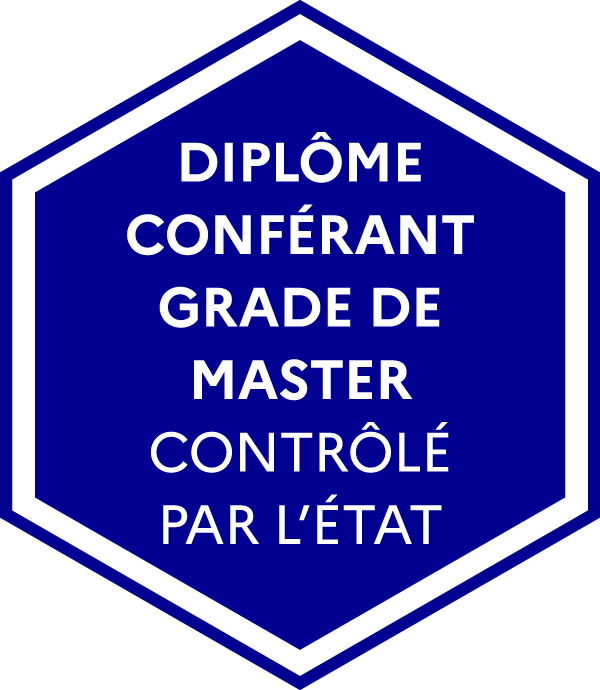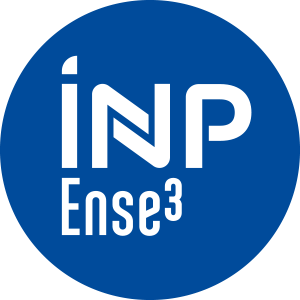Number of hours
- Lectures 14.0
- Projects -
- Tutorials 18.0
- Internship -
- Laboratory works 28.0
ECTS
ECTS 5.0
Goal(s)
The outcomes of this Course Unit are :
- to discover classical components connected to electrical grid (transformers, power electronics interface, renewable sources, ...)
- to understant the role of power electronics interfaces to control and protect electrical networks.
Marie-Cécile ALVAREZ-HERAULT
Content(s)
This course unit is divided into three parts :
Modelling and management of electrical networks (N. Hadjsaid, R. Caire, 10h CM, 12h BE, 4 h of personnal work)
-----------------------------------------------------------------------------------------------
The course focuses on links between electrical constraints of grids (e.g. Kirschhoff laws) and financial transactions (ewchanged MWh between producers and consumers). The sections are :
o Introduction on electrical networks
o Rule of electrical grids
o Power fluxes, Kirschhoff laws
o Modelling of electrical grid for load-flow calculations
o Per-Unit transformation
o Economic dispatching
o Introduction to Optimal Power Flow calculation
Power electonics converters (J.-L. Schanen, 12h CM, 8h TD, 4 h of personal work)
o Introduction. Recall on choppers
o Switching power supplies
o Rectifiers with thyristors
o PWM Inverter
o PEFC, FACTS and active filtering
Design and control of distributed sources (D. Riu, 14h CTD, 4h BE, 10h of personal work)
-------------------------------------------------------------------------------------------
o Impact of distributed sources on electrical networks
o Design and interface of PV sources : analysis of production, modelling of PV cells and networks, design of PV network, design of power electronics converters, design and synthesis of control loops (MPPT, control of grid currents).
o Design and interface of Proton Exchange Membrane Fuel Cell (PEMFC) systems : electrical circuit modelling, design and control of power electronics converters.
o Dynamic modelling of power electronics converters for ancillary services to grid : space-vector modelling of three-phase systems (Concordia and Park reference frames), modelling of three-phase inverters, control loops of grid currents.
A project allows students to design a PV plant for different applications.
Electrical engineering :
- basis of power electronics converters (switches, simple structures (DC/DC converters)
- basis of electrical systems : three-phased systems, active and reactive power, synchronous machines, ...
- basis in control-commande : modelling of dynamic systems with state-space systems, design of classical controllers (P, PI, PID), transfert function analysis, ...
Session normale / First session
Evaluation non rattrapable (EN) / EN assessment : TP / assessment of lab works
Evaluation rattrapable (ER) / ER assessment : épreuve écrite de 2 heures / 2 hours written exam
Session de rattrapage / Second session
Examen écrit, la note obtenue remplace la note de ER / Another written exam will replace the first one (ER)
Le EN n'est pas rattrapable / No retake for EN
Travail personnel : lecture d'articles, cours, rédaction de rapports pour des TP. /
Personal work : article reading, course, report writing for lab works.
EN 60% + ER 40%
The exam is given in english only 
The course exists in the following branches:
- Curriculum - Master inter SGB - Semester 7 (this course is given in english only
 )
) - Curriculum - Master's Degree in Engineering SEM - Semester 7 (this course is given in english only
 )
)
Course ID : 4EU3MDD7
Course language(s): 
You can find this course among all other courses.
French State controlled diploma conferring a Master's degree




